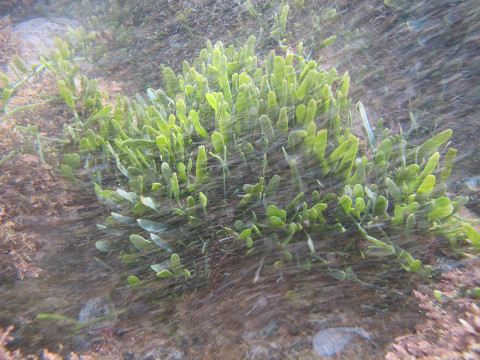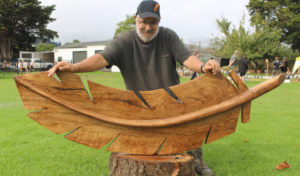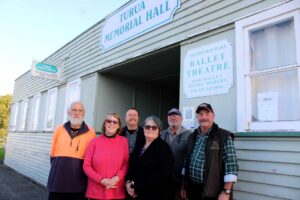An invasive seaweed hailing from the Indo-Pacific has been found on two islands off the shores of the Coromandel Peninsula.
The seaweed, named Exotic caulerpa, was detected on Great Barrier Island, north of Port Jackson, and Great Mercury Island, north of Opito Bay, almost two years ago.
Sidney Wales from Biosecurity NZ told Thames Community Board members on March 8 that it most likely came from a vessel that arrived from South Australia, which had it caught in its anchor.
The vessel dropped anchor in Blind Bay on Great Barrier Island, where the seaweed had now “taken hold”.
“This particular seaweed spreads really fast and it covers the entire seafloor in dense mats, which smothers all native seaweed species and displaces other fauna, such as scallops, crayfish, and kina,” Mr Wales said.
“In Florida, it was dubbed ‘the killer algae’ which sounds quite dramatic, but it did have very significant effects on the local crayfish population, and flow-on effects from that was a reduction in fish populations, too.”
Fragments of Exotic caulerpa can survive out of water for seven to 10 days, which makes it “really risky” when it gets caught up in an anchor or anchor chain and gets stored away, only for a boat to head elsewhere, drop the anchor, and start a new population in a new location, Mr Wales said.
He encouraged people, if they did come across Exotic caulerpa, to take a photo of it – the closer up the better – and give the Ministry for Primary Industries a call on 0800 00 83 33.

Exotic caulerpa was detected on Great Barrier Island, north of Port Jackson, and Great Mercury Island, north of Opito Bay, almost two years ago.
PHOTO: SUPPLIED/MPI
Community board told of ‘killer algae’




